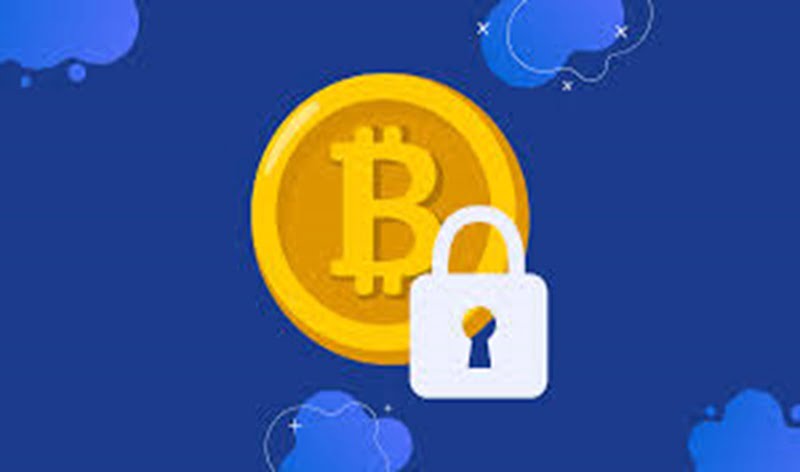Introduction to Cryptocurrency Security
Cryptocurrencies have transformed the financial landscape, offering new ways to invest and transact. However, their digital nature also makes them vulnerable to theft and loss. This guide will walk you through the best practices for storing your cryptocurrency safely to protect your assets from potential threats.
Understanding Cryptocurrency Storage
1. Types of Cryptocurrency Wallets
Cryptocurrency wallets come in several forms, each offering different levels of security and convenience. The main types are:
- Hot Wallets: These are connected to the internet and are ideal for frequent transactions. Examples include mobile wallets and desktop wallets.
- Cold Wallets: These are offline storage solutions and provide enhanced security. Examples include hardware wallets and paper wallets.
2. Public vs. Private Keys
A cryptocurrency wallet uses a pair of keys:
- Public Key: This is used to receive funds and can be shared openly.
- Private Key: This is used to access and manage your funds. It must be kept secure and private.
Best Practices for Securing Your Cryptocurrency
1. Use Hardware Wallets for Large Holdings
Hardware wallets like Ledger Nano S, Ledger Nano X, and Trezor are physical devices that store your private keys offline, offering superior security against online threats.
2. Enable Two-Factor Authentication (2FA)
Two-factor authentication adds an extra layer of security to your online accounts by requiring a second form of verification, such as a text message or authentication app.
3. Use Strong, Unique Passwords
Create complex passwords that are hard to guess and use a different password for each of your accounts. Password managers can help generate and store these securely.
4. Regularly Update Your Software
Keep your wallet software, antivirus, and operating system up to date to protect against vulnerabilities and security breaches.
5. Be Wary of Phishing Scams
Phishing scams attempt to trick you into providing sensitive information. Always verify the authenticity of requests and avoid clicking on suspicious links.
6. Backup Your Wallet
Regularly backup your wallet to a secure location. Most wallets offer a recovery phrase that can be used to restore your wallet if your device is lost or damaged.
7. Store Backup Securely
Keep your backup phrase or file in a secure place, such as a safe or a locked drawer. Avoid storing it on your computer or online.
8. Be Cautious with Public Wi-Fi
Avoid accessing your cryptocurrency accounts over public Wi-Fi networks, which can be less secure. Use a VPN if you need to connect to public networks.
9. Monitor Your Accounts Regularly
Regularly check your account activity to spot any unauthorized transactions or changes. Prompt detection can help mitigate potential losses.
10. Educate Yourself on Current Threats
Stay informed about the latest security threats and updates in the cryptocurrency space. Awareness can help you recognize and avoid potential risks.
Choosing the Right Wallet for Your Needs
1. Wallet Features
Consider features such as ease of use, compatibility with various cryptocurrencies, and customer support when selecting a wallet.
2. Security Features
Look for wallets with robust security features like encryption, multi-signature support, and backup options.
3. Community and Reviews
Research user reviews and community feedback to gauge the reliability and security of a wallet.
4. Cost and Fees
Some wallets come with a cost or transaction fees. Evaluate these costs in relation to the security benefits they offer.
What to Do in Case of a Security Breach
1. Act Quickly
If you suspect a security breach, take immediate action to secure your funds. Move your assets to a new wallet if possible and contact customer support for help.
2. Report the Incident
Report any theft or loss to the relevant authorities or exchanges. This can help in the recovery process and prevent further losses.
3. Review Your Security Measures
After a breach, review and strengthen your security practices to prevent future incidents.
Best Practices for Storing Private Keys
1. Physical Security
Store physical copies of your private keys in a secure location, such as a safe deposit box. Avoid keeping them in easily accessible places.
2. Avoid Digital Storage
Refrain from storing private keys in digital formats on your computer or online services. These can be susceptible to hacking.
3. Use Multi-Signature Wallets
Multi-signature wallets require multiple private keys to authorize a transaction, adding an additional layer of security.
Common Questions About Cryptocurrency Storage
1. How do I choose between a hot wallet and a cold wallet?
Hot wallets are best for everyday transactions due to their convenience, while cold wallets are preferable for long-term storage due to their enhanced security.
2. What should I do if I lose my private key?
If you lose your private key and don’t have a backup, you will not be able to access your cryptocurrency. Always ensure your backup methods are secure.
3. Can I recover my cryptocurrency if my wallet is stolen?
If you have a backup and recovery phrase, you can restore your wallet on a new device. However, if your recovery phrase is also compromised, recovery may be difficult.
4. Is it safe to store cryptocurrency on an exchange?
While exchanges provide convenience, they are targets for hacks. For long-term storage, use a hardware wallet or other secure methods.
5. How often should I update my security practices?
Regularly review and update your security practices, especially when there are new threats or updates in the cryptocurrency space.
Conclusion
Safely storing your cryptocurrency is essential to protecting your assets from theft and loss. By following best practices such as using hardware wallets, enabling two-factor authentication, and staying informed about potential threats, you can significantly reduce the risk of security breaches. Remember, vigilance and proactive security measures are key to safeguarding your digital wealth.




Great sir, keep writing the similar articles and augmenting our knowledge